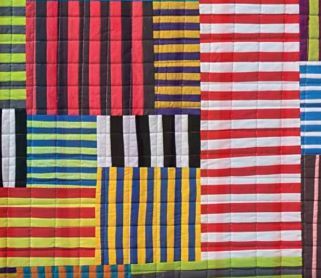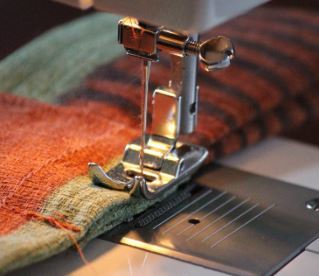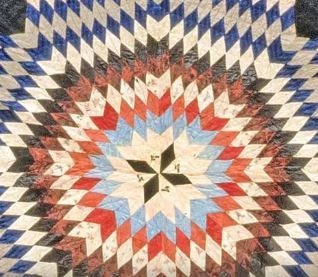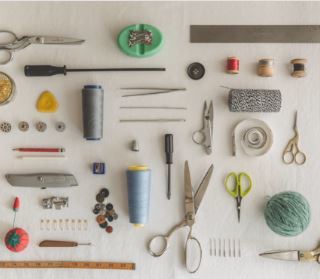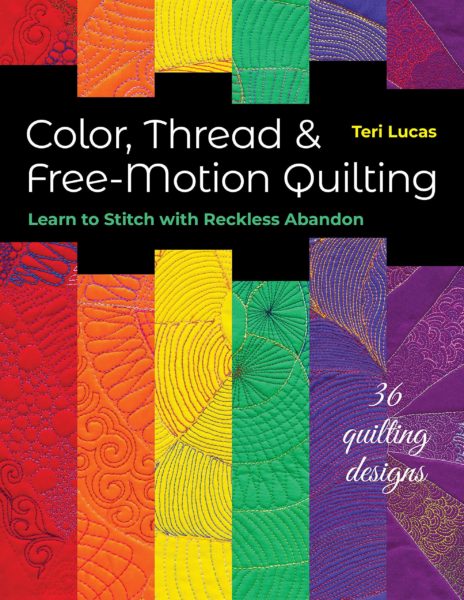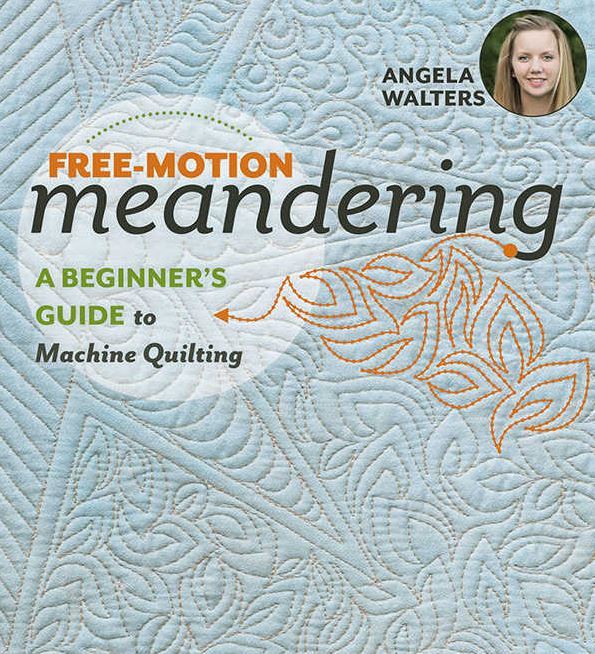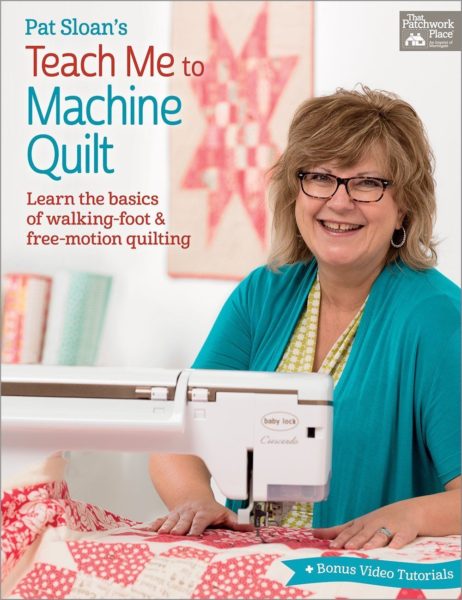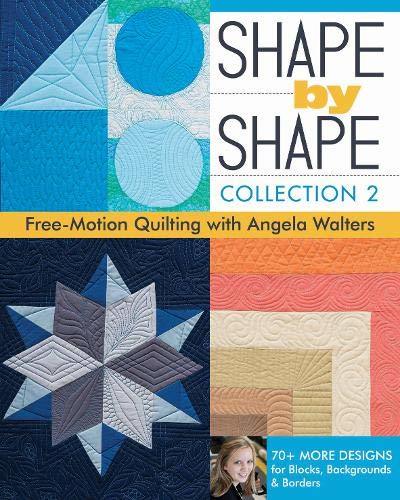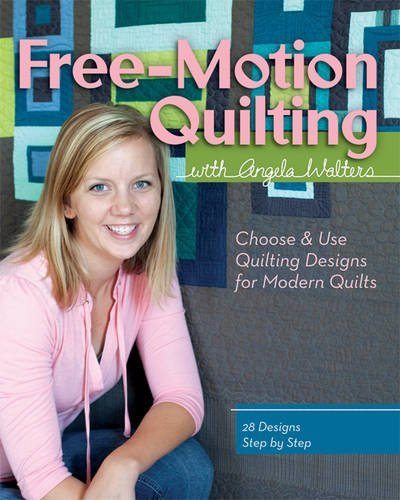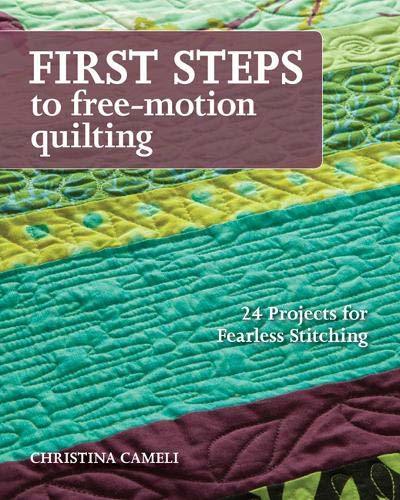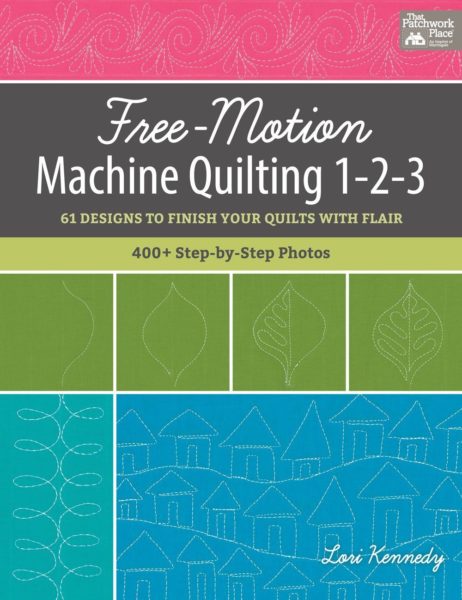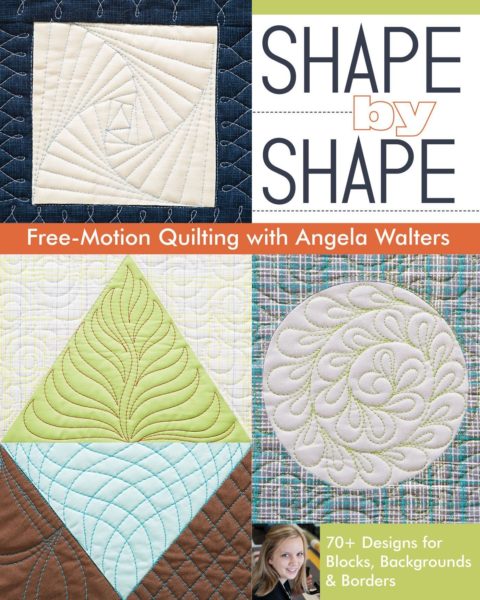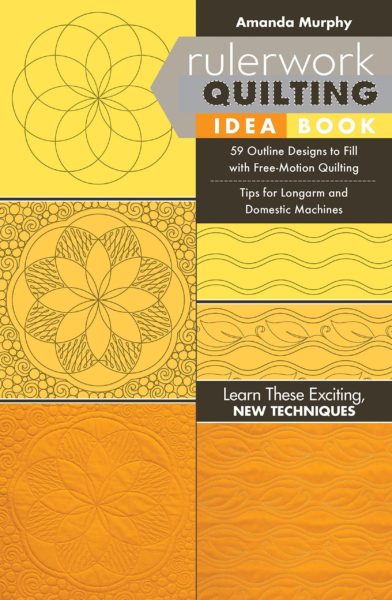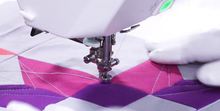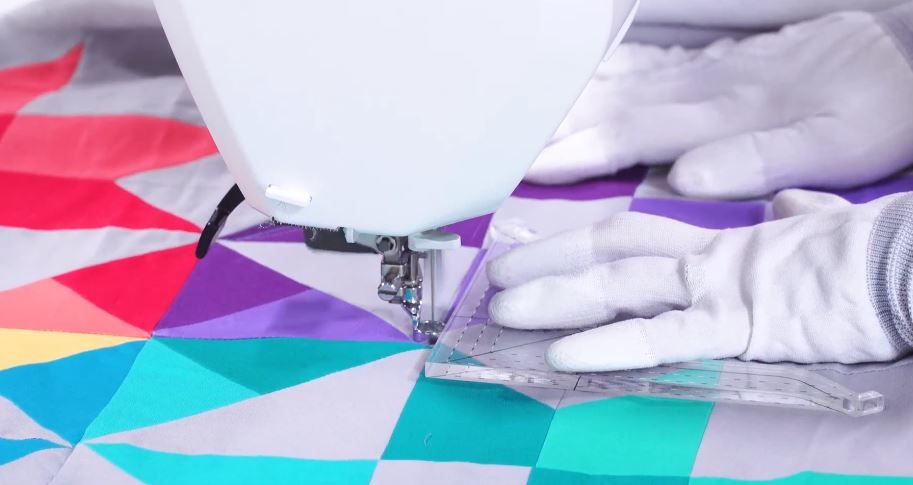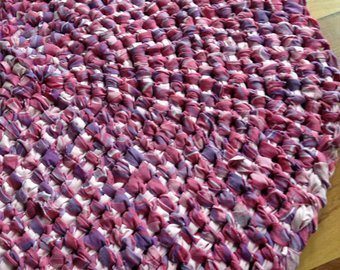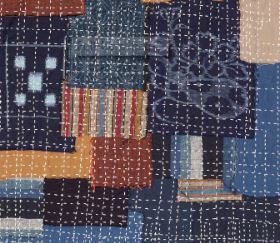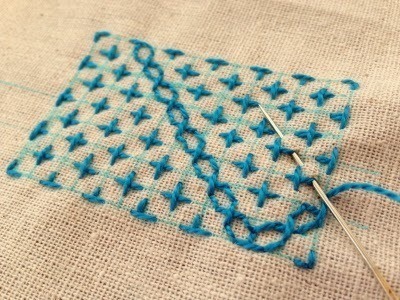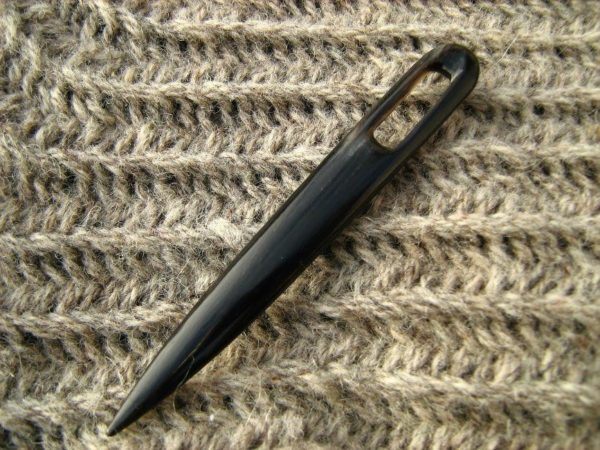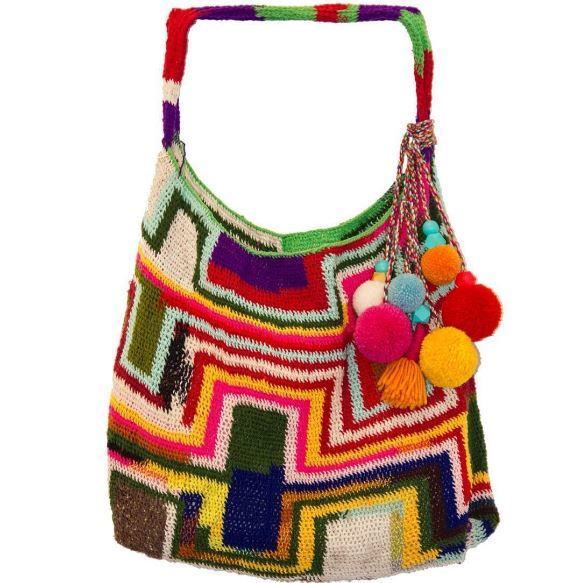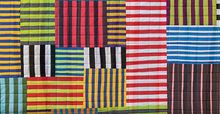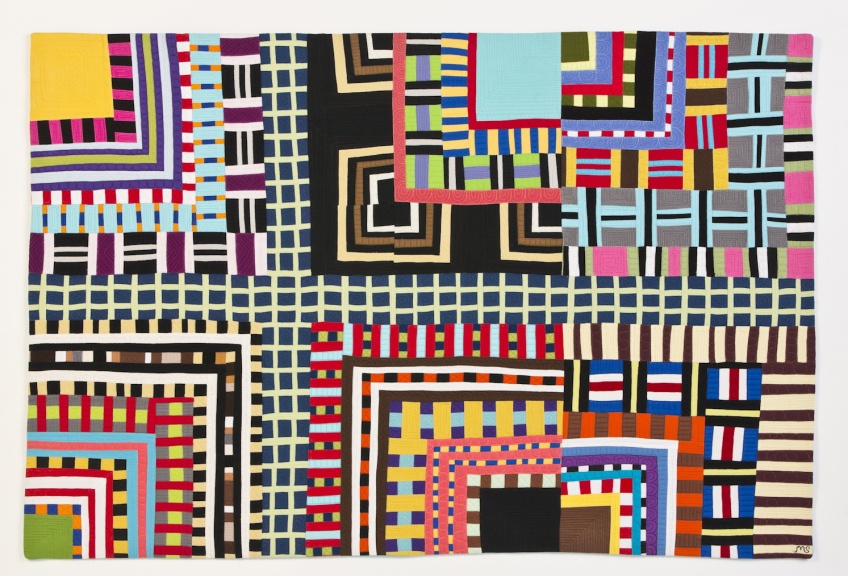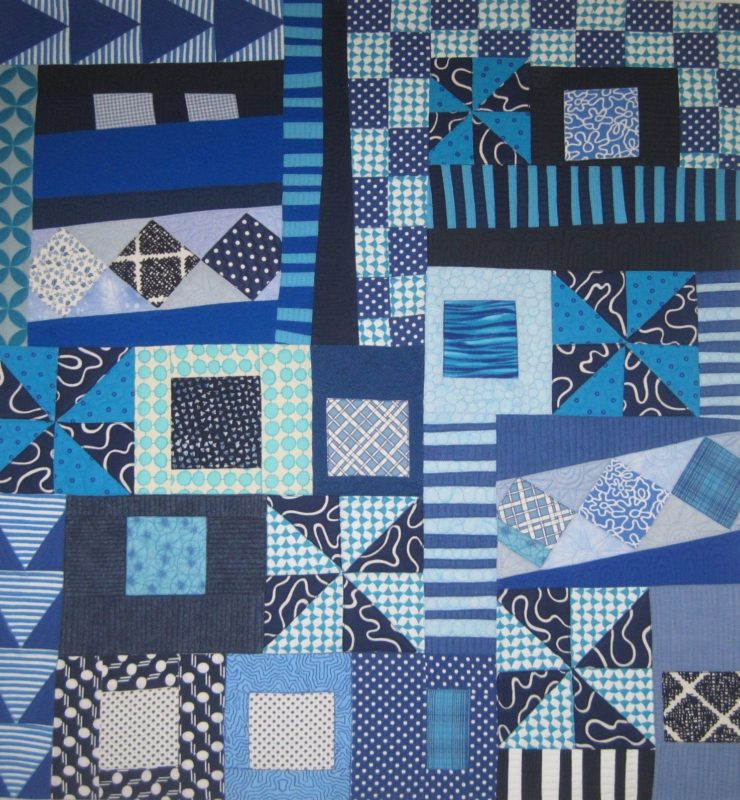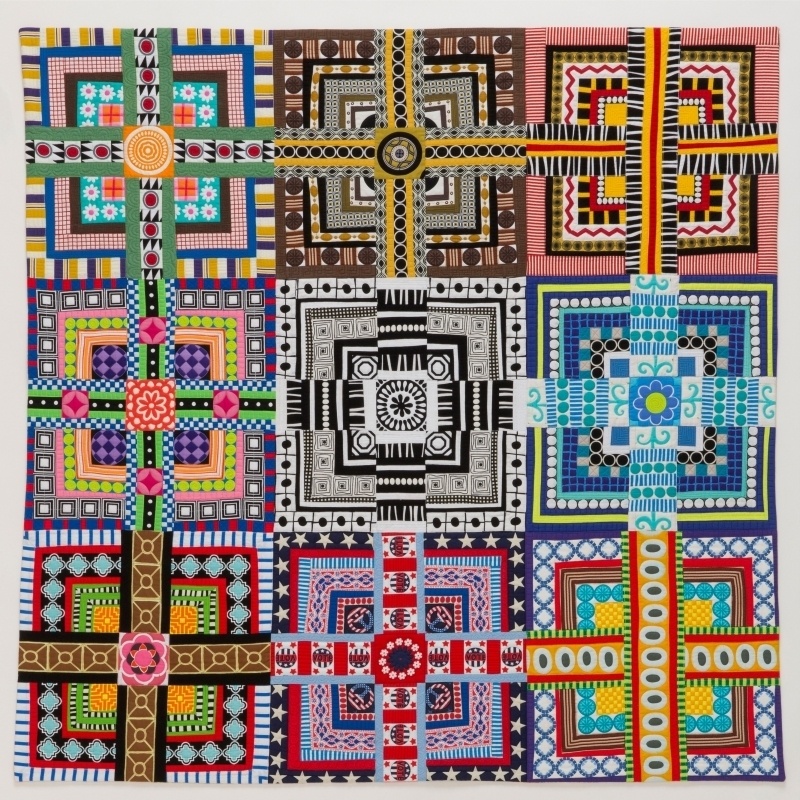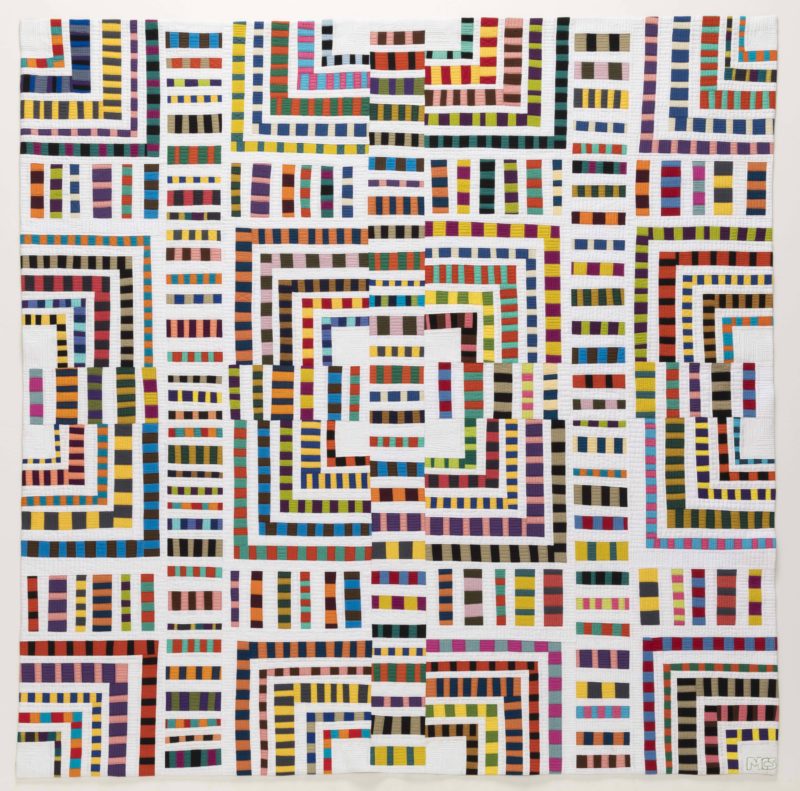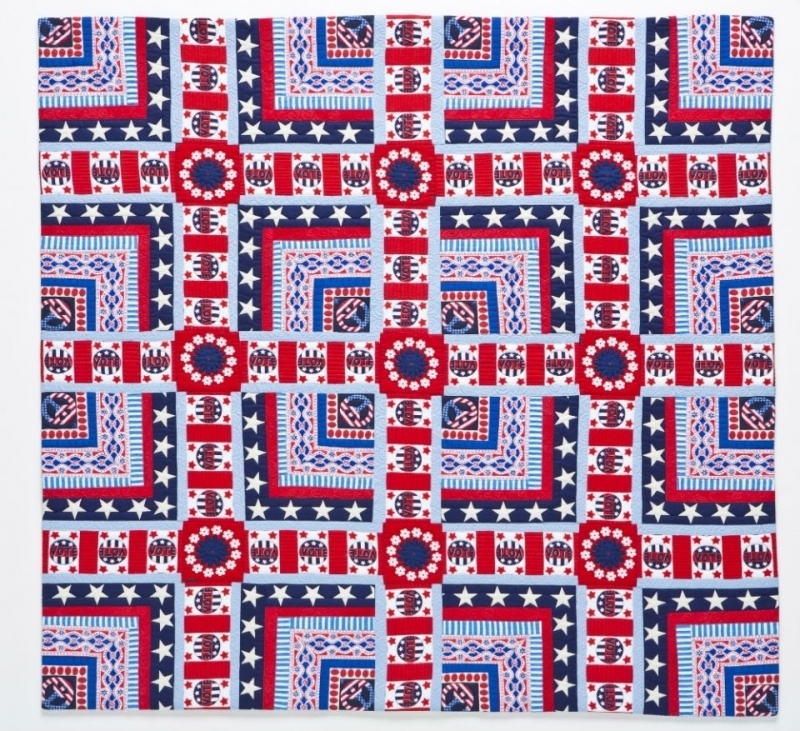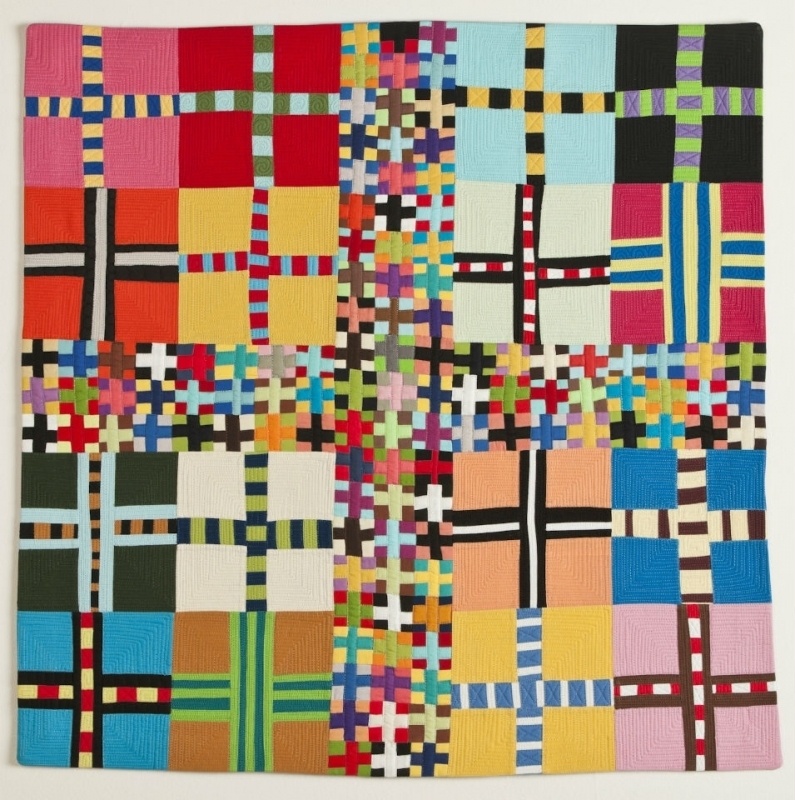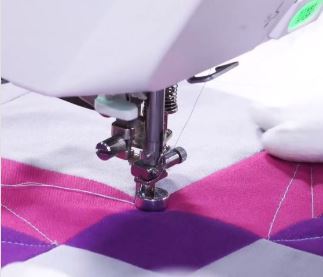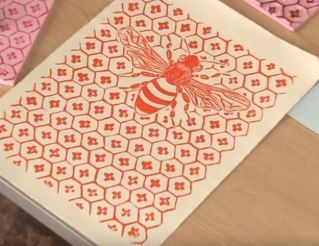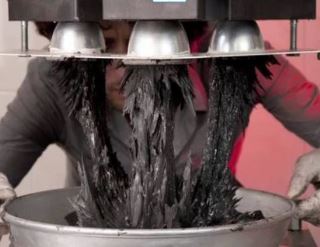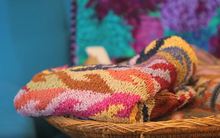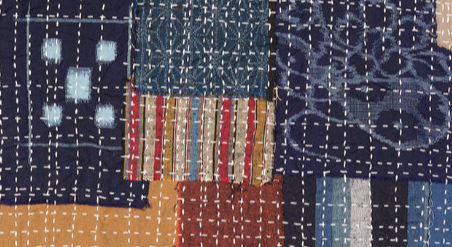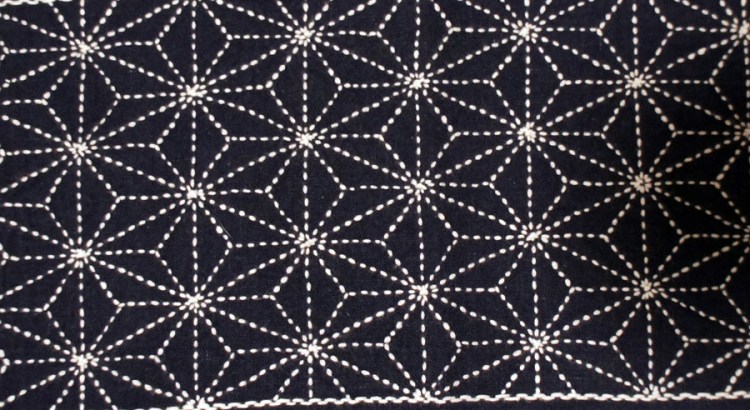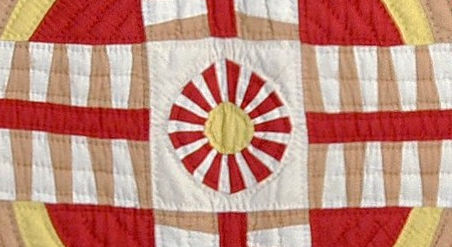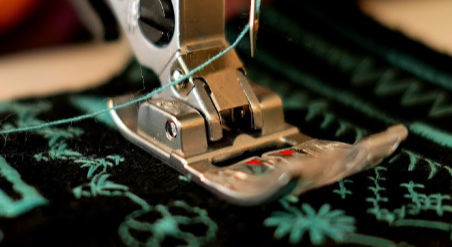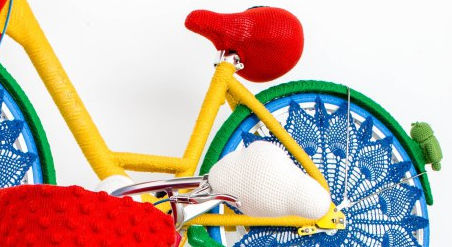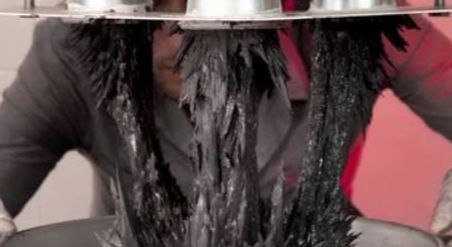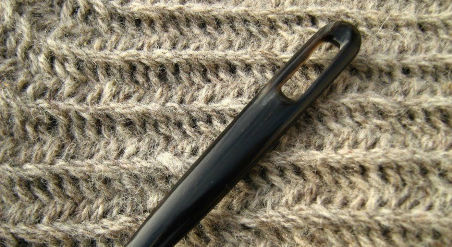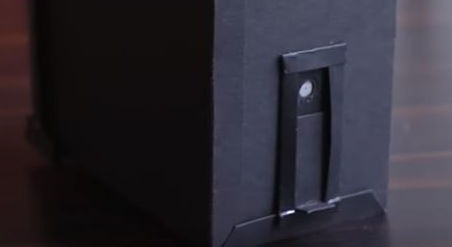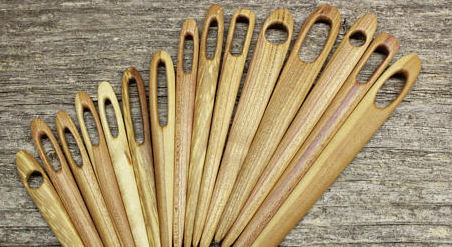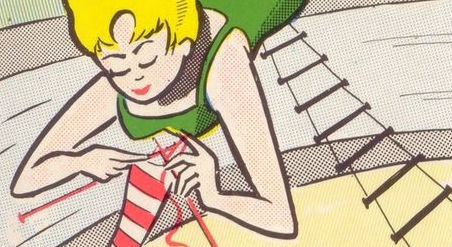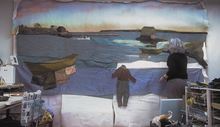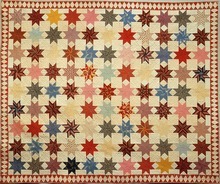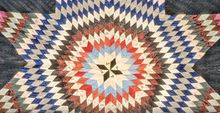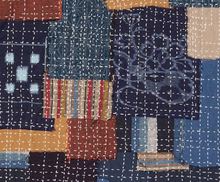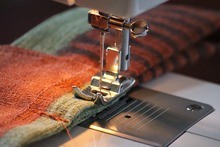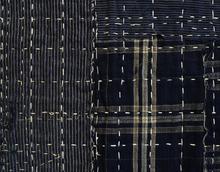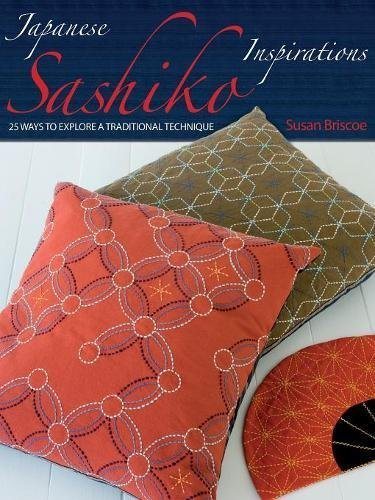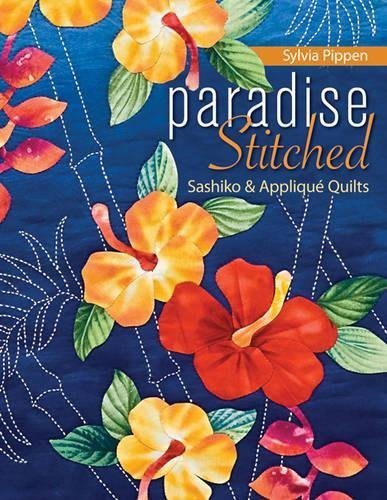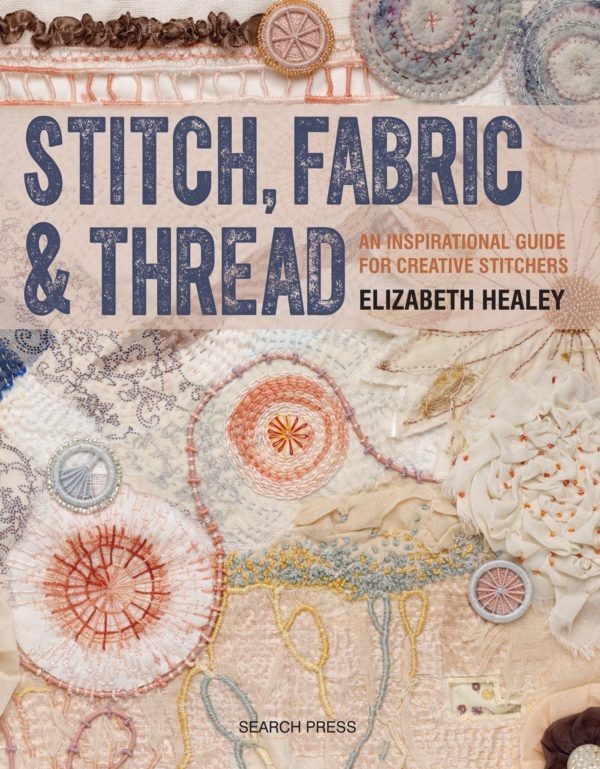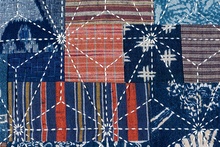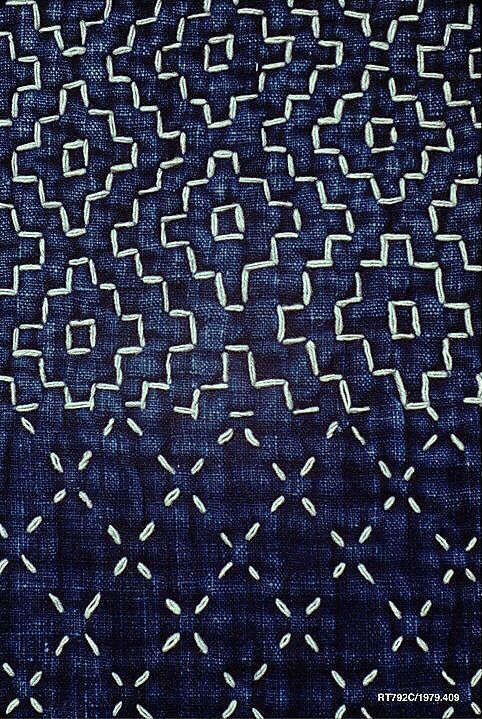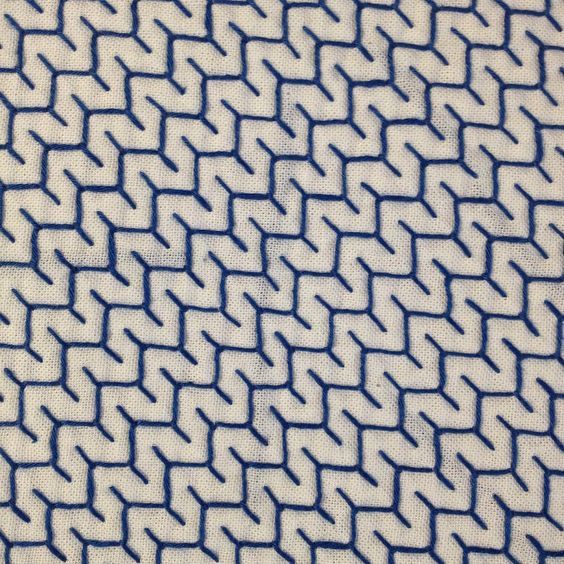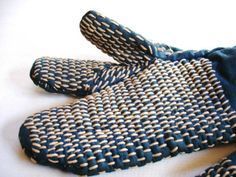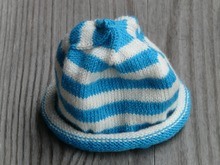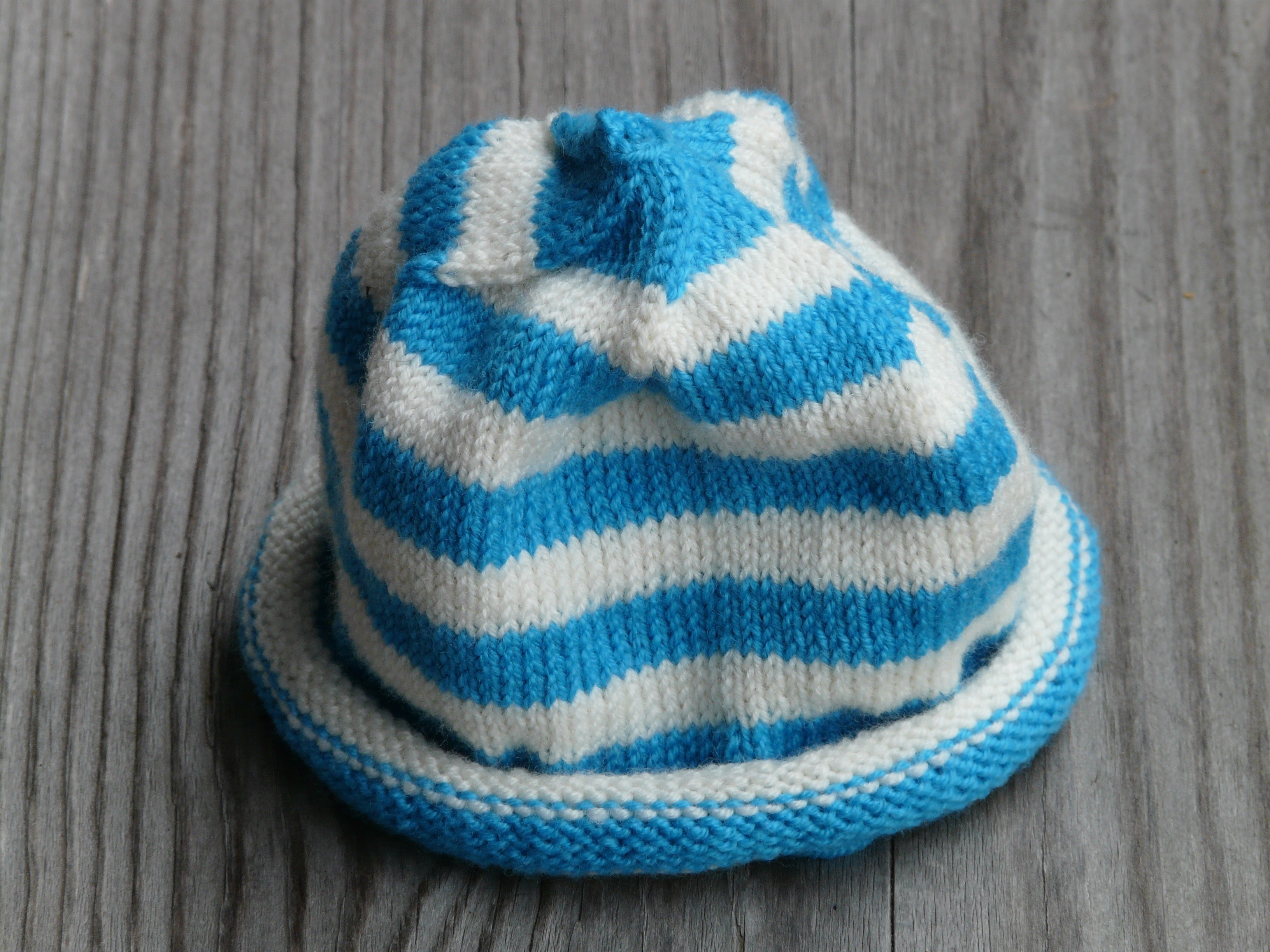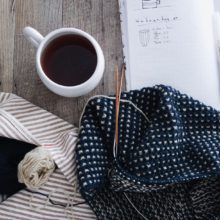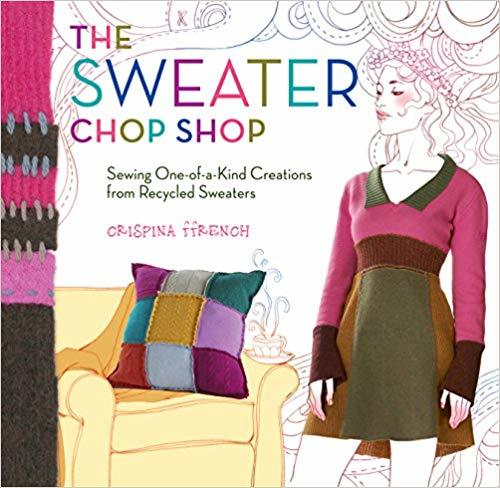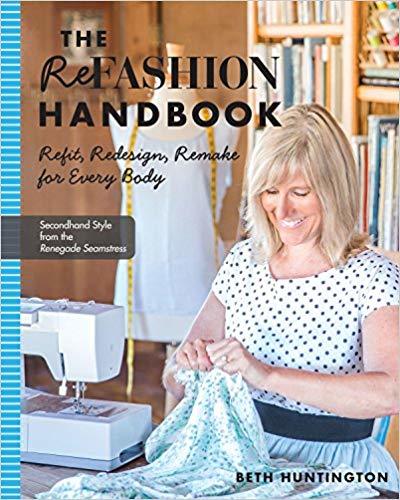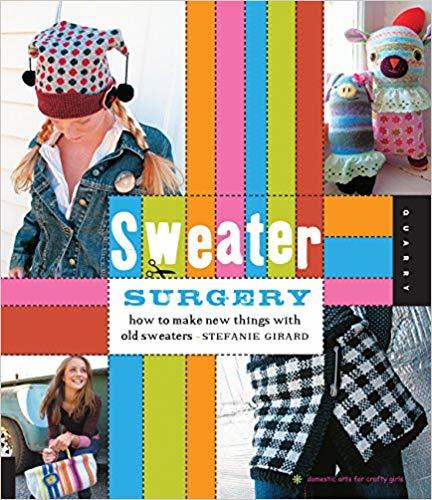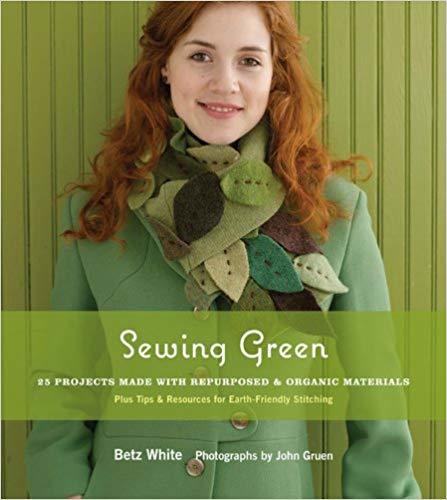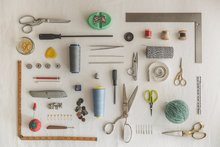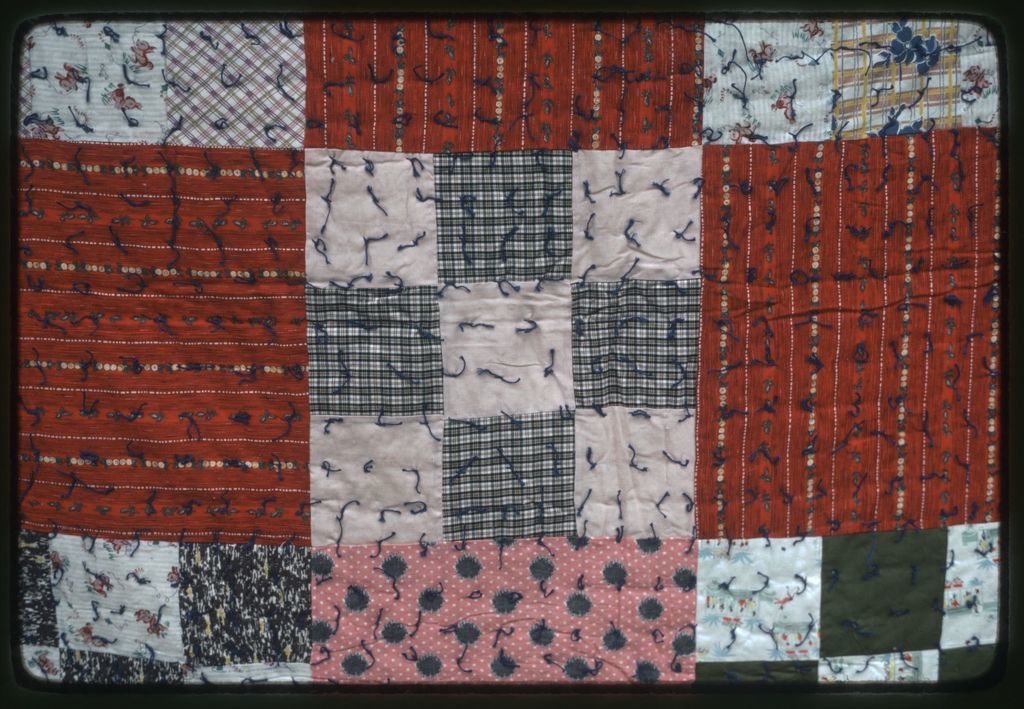Giving Back: Sewing, Knitting, and Crocheting for Charities
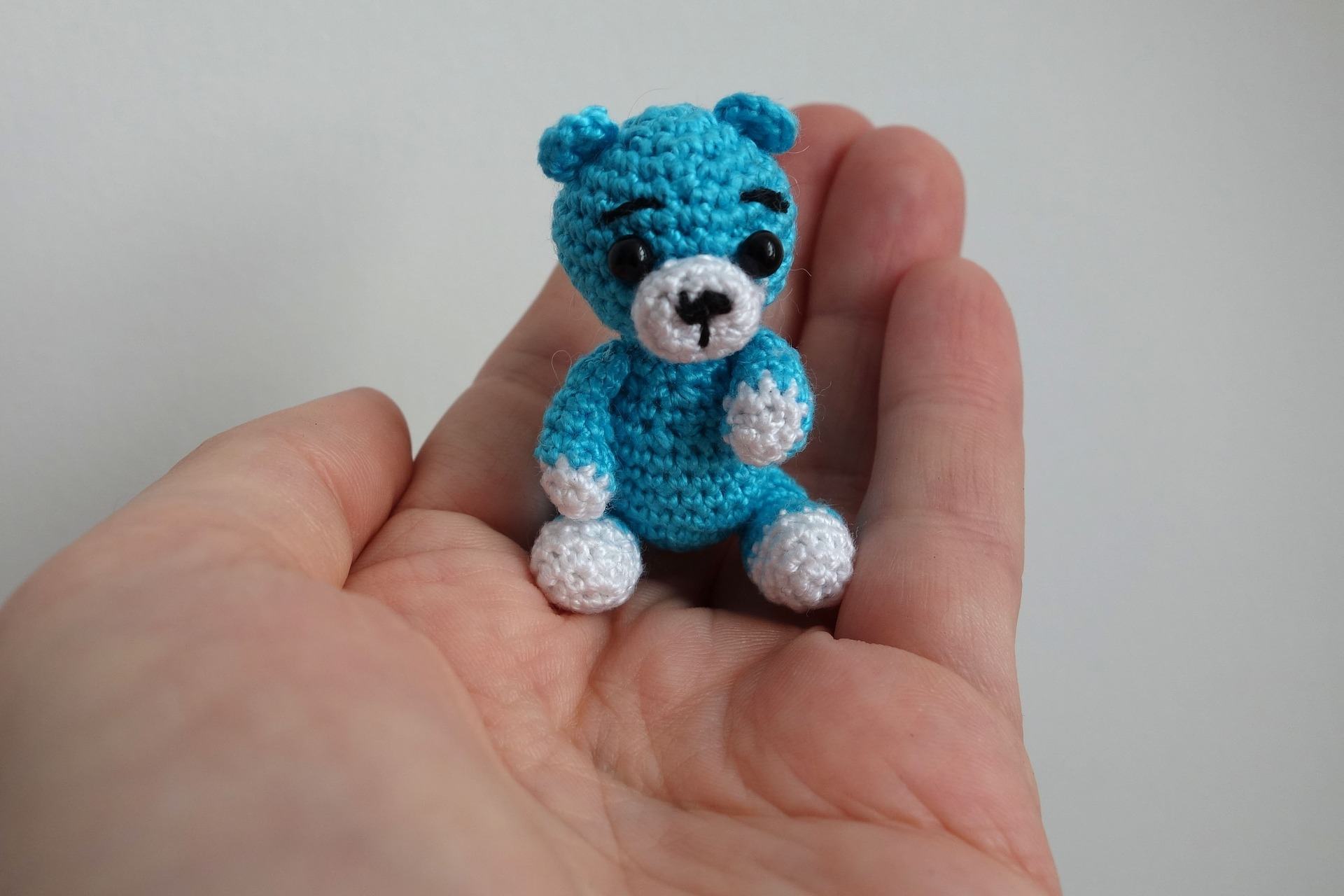
Upcycling, recycling, repurposing, and creating new items for charity is one way crafters spread their love.
Crafters of all levels can give back and give a boost to those in need. Whether you’re a newbie or can knit with your eyes closed...prefer to knit in the cozy confines of your living room...enjoy getting together and chatting with knitting circle buddies, people of all ages and levels of proficiency can create items that will be cherished and appreciated.
Knitting, crocheting, and sewing for charity is a great way to put your creative juices and handiwork talents to work for a good cause. Doing good through crafting is a wonderful way to share with others.
There are all sorts of organizations, both local and across the globe, which look for donated pieces from crafters to distribute to those in need – from birds needing a nest to families who are experiencing homelessness.
Donating your handmade items made with care for others is a great service, and much appreciated by the charitable organization and the ultimate receiver.
Your handiwork might even inspire others to learn a new craft, paying forward the creative process that’s so rewarding.
If keeping costs of raw materials to a minimum is a consideration for whether you can contribute, you can take a page from super-thrifters. You can re-use sweaters if you like – unwind them to reuse the wool, buy discounted yarn, or purchase it at a thrift store. You could even put out a plea on local forums seeking donations of yarn for your donate projects.
Below are some Charitable Organizations that look for sewers, knitters, and crocheters for their giving programs. Some of the programs have specific needs, and they’ll supply you with directions and free patterns.
Some have specific time frames for delivering the handmade items to their offices. So, be sure to check charitable websites for any particular instructions.
All will want you to use clean yarn from a smoke-free environment.
If you’ve got some spare time for making something to donate, I hope you find an organization and cause that matches the time and effort you can put in.
You might make new friends along the way!
You can read about the social platform for knitters, or you can head straight over to Ravelry and search for a group to join. Or, perhaps you'd like to start your own by reaching out to knitters in your locale.
If you're in the UK, you can search for a group near you on the UK Hand Knitting site.
“We knitters work a powerful magic when we knit for others. By doing so…we can build bridges between warring nations, help to heal deep wounds, offer a primal sort of comfort, and create peace - however small, and in whatever way that may be - for others and for ourselves.”
Knitting for Peace: Make the World a Better Place One Stitch at a Time by Betty Christiansen and Kiriko Shirobayashi.
If you'd like to put some time and effort into charitable craftivism, check out sewmamasew's curated list of charitable programs, Mental Floss's list, and visit the website links below to find a good fit for how you'd like to help out.
List of suggested charities
1 Million Pillowcase Challenge lists charities to contact to see if they need pillowcases for their organizations. All People Quilt offers free pillowcase patterns for this challenge. Be sure to scroll down to the bottom of the page for access to all the .pdf pillowcase patterns.
afghans for Afghans "...is a humanitarian and educational people-to-people project that sends hand-knit and crocheted blankets and sweaters, vests, hats, mittens, and socks to the beleaguered people of Afghanistan. This grassroots effort is inspired by Red Cross volunteers who made afghans, socks, slippers, and other items for soldiers and refugees during World Wars I and II and other times of crisis and need. Read about the Red Cross knitting tradition.”
Binky Patrol "...is an all-volunteer non-profit organization dedicated to making blankets and giving them away to children who are ill abused in shelters, hospitals, and experiencing any type of trauma. Blankets can be sewn, quilted, crocheted, knitted, or tied."
Bundles of Love Charity "...partners with community service agencies to assist Minnesota families in need by providing handmade baby clothing, bedding and basic care items for their newborns. Our vision is to gather communities to support a parent and newborn. We offer peace of mind for families and provide important, essential and practical supplies to show that someone cares.”
Care Wear "...is a nationwide group of volunteers who knit, crochet, and/or sew, providing handmade baby items directly to hospitals. All Care Wear items are distributed by hospital staff (free) to infants, children and their parents.”
Dressed in Hope "...is a charity whose goal is to help impoverished girls around the world. We recognize the critical need that must be met in order for these girls—not only to survive—but to thrive as well. By sewing and delivering simple, hand-made dresses and small "pocket dolls" to these deserving girls, we send the message that all girls are worthy of love and respect.
Hats 4 the Homeless “...distributes knitted goods to the homeless population in New York City every winter. You don’t have to be in NYC to donate; they have an address where you can mail your goods. It’s not just hats, either — they’ll also take scarves, socks, and gloves.”
Knitting 4 Peace – Women 4 Women “The tangible items we create are personally delivered to women, teens, children, infants, and families in global areas of conflict, including our own neighborhoods and countries around the world.”
Knots of Love “Our mission at Knots of Love is to warm the hearts and heads of those experiencing traumatic hair loss. Our volunteers lovingly hand-knit and crochet caps for those struggling with treatment-induced hair loss and tiny Neonatal blankets for fragile new lives in incubators. Knots of Love caps and blankets server as a constant reminder to the patient and their loved ones that they are not alone. All Knots of Love handmade creations are distributed free of charge to hospitals and treatment centers throughout the country -- and most importantly at no cost to the patient receiving the caps.”
Milk Bags Unlimited (Canada) “The milk bag mats offer people without beds, an invaluable, durable and washable alternative to sleeping on the often cold and damp ground. Not only can these milk-bag mats provide comfort as a bedding alternative, but have been used by health-care professionals as a make-ready substitute for an operating bed/table where resources are scarce. It takes approximately 400 milk bags to make an adult sized mat. For quite some time, all across Canada, a community of volunteers, schools, churches and businesses have been collecting milk bags. The milk bags used are the ones that hold the three smaller bags of milk. The bags are cut into strips, tied together, and then woven or crocheted into mats.”
Mother Bear Project "...is dedicated to providing comfort and hope to children affected by HIV/AIDS in emerging nations, by giving them a gift of love in the form of a hand-knit or crocheted bear. The simple gift of a hand-knit bear with a tag signed by the knitter has touched children with the message that they are unconditionally loved.”
Project Linus “...Provide(s) love, a sense of security, warmth and comfort to children who are seriously ill, traumatized, or otherwise in need through the gifts of new, handmade blankets and afghans, lovingly created by volunteer “blanketeers.”
Quilts of Valor "cover(s) service members and veterans touched by war with comforting and healing Quilts of Valor.”
Red Scarf Project “Foster Care to Success helps young adults who have aged out of the government support system. FCS helps to support approximately 5,000 young people every year with various programs – scholarships for college, care packages, academic and personal mentoring, and help with readiness skills for internships and employment. They receive financial support, career coaching, and care packages. Each year, The Red Scarf Project sends Valentine’s Day care packages to foster students in need of encouragement as they graduate from high school and move on to college. Nothing shows someone you care like a handmade item, even if that someone is a stranger. See the red scarf guidelines and start knitting or crocheting a scarf for the next cycle of care packages, then browse Craftsy’s knitted neckwear and crocheted neckwear patterns to find one you’d like to make.”
Snuggles Project "...is well-known as a multi-beneficial project. The first, and most important, benefit is to the animals. After being given a Snuggle, a frightened and/or difficult to handle animal is able to become calm. This calming effect gives the animal and the caregiver time to learn how to handle the situation. We believe that this calming effect has saved the lives of many newly-sheltered animals. The Snuggles Project remains a very popular program of Hugs Society (formerly Hugs for Homeless Animals). Its popularity is worldwide. People from all around the world make Snuggles and donate them to their local animal shelters and rescues. Since its inception we have provided more than a million Snuggles to shelter animals around the world. And that number continues to grow.”
Teddies for Tragedies “When tragedy strikes somewhere in the world, the first members of society to suffer are the children. Teddies for Tragedies works to alleviate some of the stress that prevails when these catastrophes occur. The simple gift of a hand-knitted teddy bear sends these children the message that someone in the world cares for them and that they are loved. You can help. Volunteers are the essential ingredient of Teddies for Tragedies. Follow our patterns to crochet or knit a bear or bears, and then send them to us. If you can’t crochet or knit, sew a bag or bags for the bears, or help us with donations of yarn and stuffing.”
The Dulaan Project “Dulaan is the Mongolian word for warm. This project seeks to inspire the generous spirit of the knitting community to help meet the needs of Mongolia’s impoverished people. Mongolia’s winter is extreme. It rarely gets above freezing temperatures on winter days, and can often plunge to -40°F at night. The capital city, Ulaanbaatar, is the coldest capital in the world. Warm, well-made clothing can allow a child to go to school or an adult to go to work; restore a sense of dignity; and, in some cases, literally save a life. This project was started in 2005 at the height of FIRE’s aid distribution project.
UK, Australia, and South Africa
Knitters in the UK can visit the UK Hand Knitting's site, and Australian knitters can visit Knitters Guild NSW and Knitting-and, where they'll find links to organizations that ask for donated knitted projects.
South Africa's Knit A Square "...program has inspired volunteers in more than 54 countries to knit and crochet 8”x 8"(20 cm) blanket squares, hats, vests and sweaters....South Africa has an estimated 1.9 million orphans and abandoned children...For these children, a blanket can be the difference between life and death. Between hope and despair."
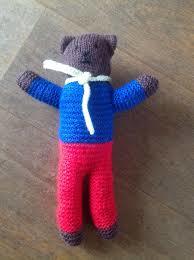
Local Charitable Crafting
There are many ways to help others with your crafting skills. You can work on your own at your own pace, you can join a group, or you can form a group.
There are local hospitals or charitable organizations which would welcome donated handmade knitted or sewn items - childrens' wings of hospitals, homeless shelters, and animal rescue shelters.
A group you join or organize might get inspiration from a national program, which you could use to focus an idea locally. You'll be helping people in your local community, and can be more involved in direct needs and how to help individuals in need.
You might choose to make pillowcases for a local hospital, or quilts for relief for hurricane victims or other natural disasters.
You can also teach your skills. Some after school programs and some homeless shelters welcome volunteers who can teach knitting and crocheting. You could be the spark that introduces someone to a new passion and teaches them skills which can be used to make or sell things.
Using the list of organizations above, or a local search, make sure to research deadlines for projects, and any changes in what they require or need.
Free Patterns for Charitable Crafters
Bev’s Country Cottage "provides free patterns for crafters who love to make warm, needed items for humanitarian purposes. She offers patterns for all kinds of items: cancer hats, preemie hats and booties, senior citizen lapghans and slippers, kids mittens, cat blankets, leprosy bandages and much more. Check out the charity listings on this site."
Ravelry has patterns offered by different charitable organizations looking for knitted donations.
Videos You Might Like
Below are two videos about crafting for charity.
Next, check out Bob Makes Socks to see how a group of pals makes a big difference.
If you know of a charity looking for crafted donations, please let us know at hello@thebrooklynrefinery.com, and we’ll add it to the list!
